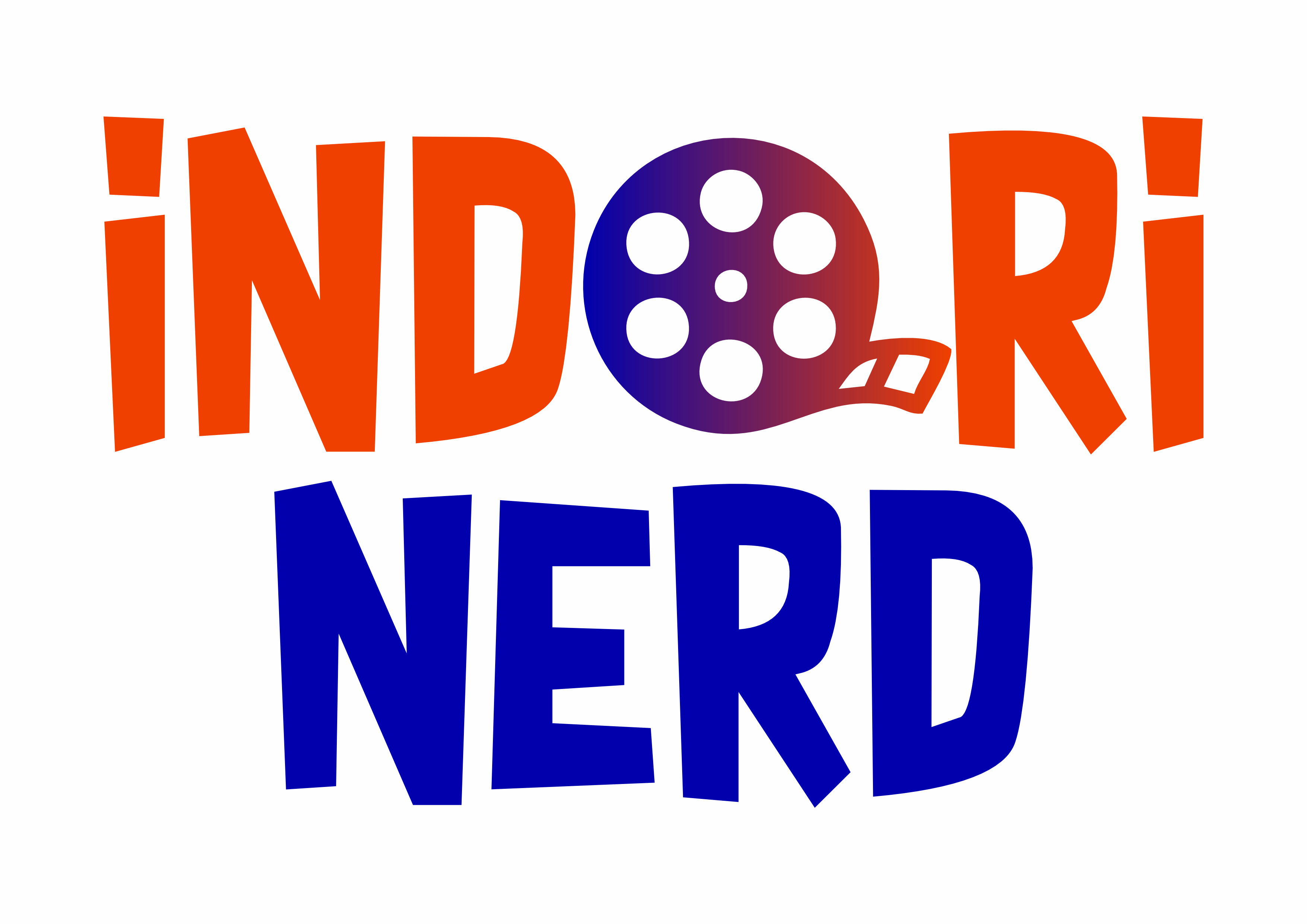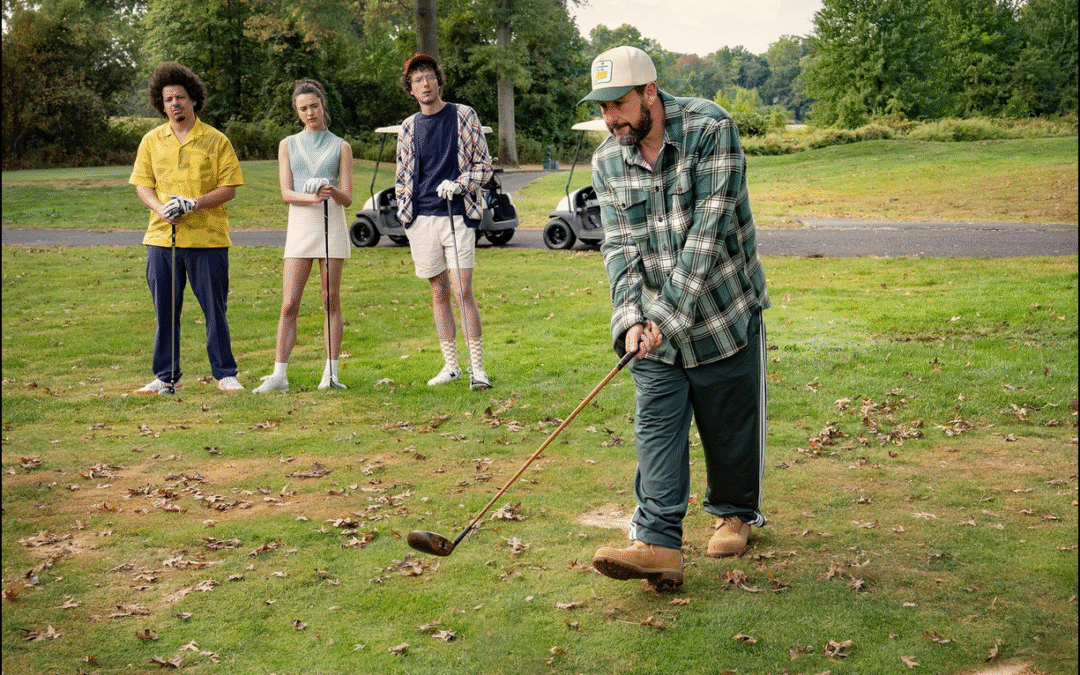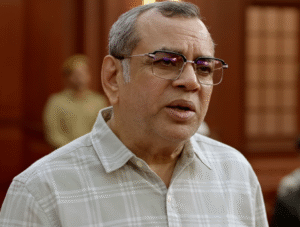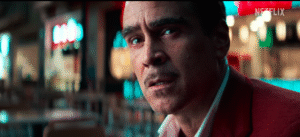Introduction
After nearly three decades, Happy Gilmore 2 tees off as a nostalgia-powered sequel to the beloved Adam Sandler sports comedy.
Dropping on Netflix, this film swings for both fan service and fresh laughs, aiming to balance slapstick, sentiment, and a flurry of celebrity cameos.
So, how does it stand up—is it a triumphant birdie or just an overcooked mulligan?
Plot
The story picks up years after Happy’s fairy-tale ending in the original. Happy Gilmore (Adam Sandler) is now a golf legend, but tragedy strikes when a wild drive accidentally kills his wife, Virginia (Julie Bowen), sending him into a tailspin of grief, alcoholism, and career ruin.
Eleven years on, Happy is a down-and-out supermarket worker, struggling as a single dad to his daughter, Vienna (Sunny Sandler), with his other kids grown and distant.
When Vienna’s dream of a prestigious Paris ballet school comes with a $75,000 price tag, Happy’s old pal John Daly convinces him to return to the links—this time to take on the cocky CEO of a flashy new league, Frank Manatee (Benny Safdie), whose “Maxi Golf” turns the game into a circus.
There’s rivalry, wild matches, dangerous stunts, and, of course, a final contest for Happy’s redemption and to secure his family’s future.
The plot weaves in heavy themes—sobriety, second chances, grief—but never strays too far from absurdity (sample: a golf cart chase, and flasks hidden in every household object).
Performance & Direction
Adam Sandler reprises Happy with a gruffer edge—the rage is still there, but now with some hard-earned cracks.
His chemistry with the returning Julie Bowen and especially Christopher McDonald’s unhinged-but-huggable Shooter McGavin provides real sparks.
Newcomers (Sunny Sandler, Benny Safdie, Bad Bunny) fit nicely into the Sandler-verse, picking up on its blend of deadpan, maximalist antics, and gentle gross-out gags.
Director Kyle Newacheck stages some inventive set pieces—mixing sports-movie beats with absurd, meme-ready moments (keep your eyes on the infamous “flask scene” and the golf-ball-eating alligators).
The film also makes the most of over-the-top cameos: pro golfers, comedy legends, and Sandler’s extended friends and family all steal scenes, some shining, some distracting
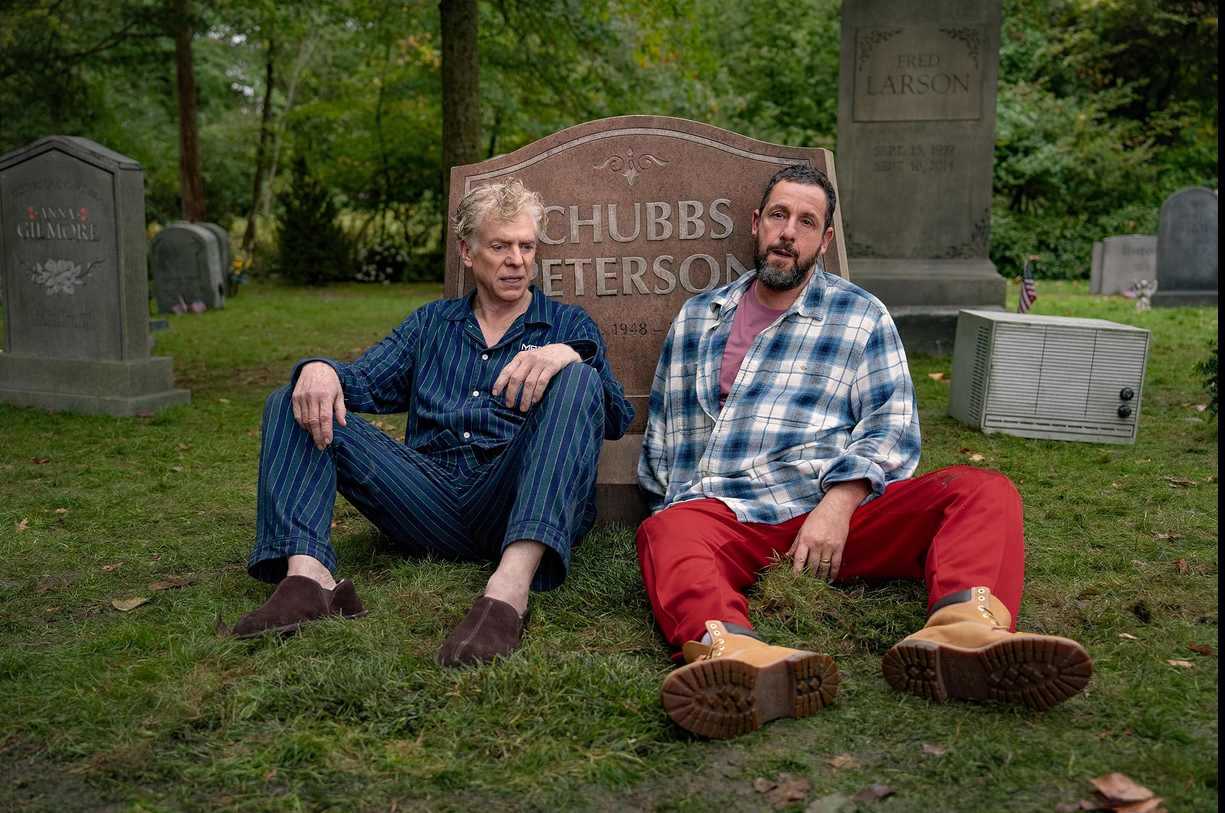
What Works
Nostalgia Delivery: For OG fans, callback gags, resurrected side characters, and flashbacks provide frequent, familiar chuckles. Seeing Shooter and Happy collide—and eventually cooperate—lands some of the film’s best-earned laughs.
Comic Energy: Classic Sandler chaos prevails; slapstick and crude jokes are buoyed by good-hearted silliness that’s hard to dislike unless you’re a total sourpuss.
Big Heart: Under the absurdity is a sweet story about getting back up after disaster, forgiving yourself, and—of course—family. The bonding between Happy and Vienna actually scores a few unexpectedly touching scenes.
What Doesn’t Work
Cameo Overkill: Sometimes the stream of “Hey, isn’t that…?” appearances overshadows the actual plot, making the middle third feel more like a comic golf reunion special than a movie.
Tonality Whiplash: Shifts from Happy’s dark, grief-heavy moments to poop jokes and slapstick can feel jarring (“Happy sobs in a restroom,” then a pigeon defecates on a golf ball).
Thin Character Arcs: Beyond Happy and Shooter, most secondary characters (especially the grown kids and even villains) remain two-dimensional, more props for jokes than real personalities to root for.
Final Act Excess: The movie’s climax ramps up the absurdity so much (trick golf greens, on-field brawls, double-crosses), it nearly derails the feel-good tone built earlier.
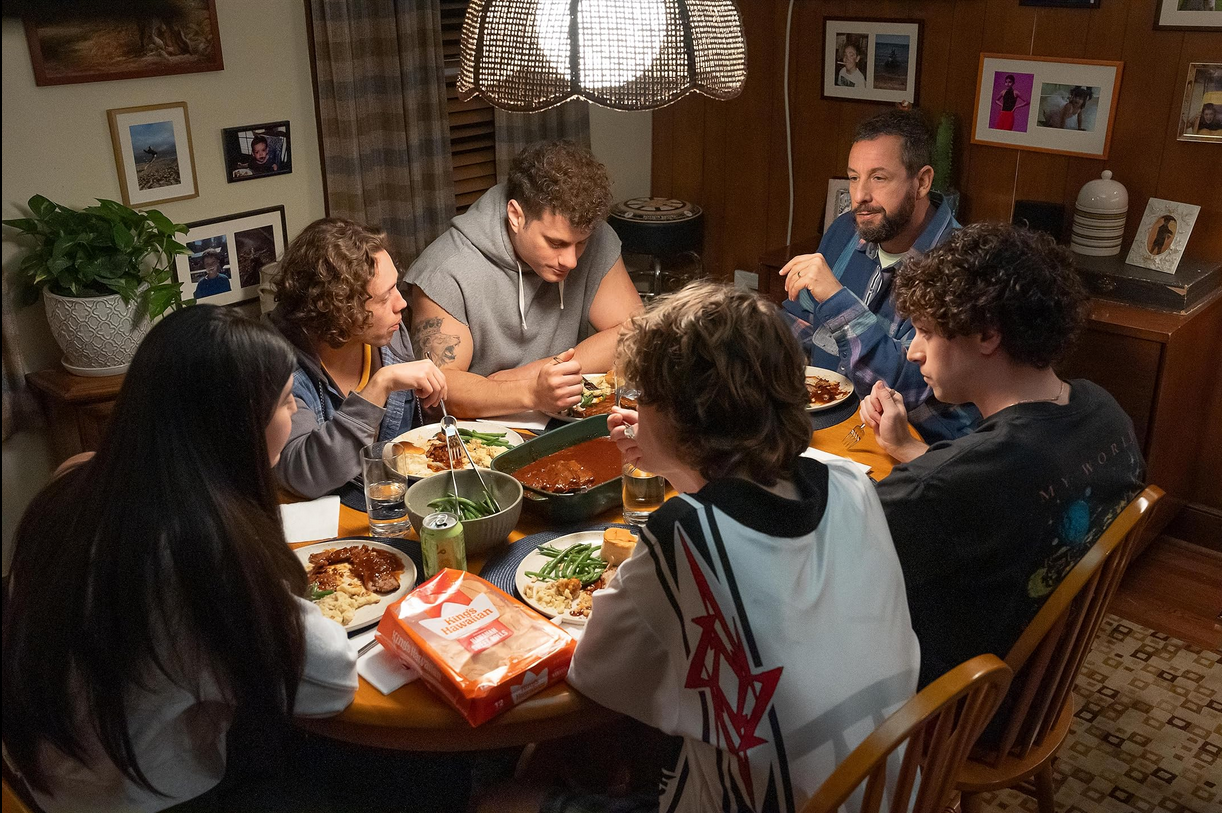
Final Words
Happy Gilmore 2 doesn’t reinvent the wheel, nor does it match its predecessor’s timeless charm. But as a rollicking, silly, and delightfully weird sports comedy, it rallies for a spot-on “par” with just enough heart, mayhem, and inside jokes to satisfy Sandler’s biggest fans.
There’s some rough terrain—jokes that miss, character threads left hanging, and a flurry of distracting celebrity appearances—but it’s still a fun round, especially if you’re ready to laugh at the absurdity of it all.
For those missing the wacky, feel-good comedies of the ’90s, this sequel serves up an entertaining blast from the past—just don’t expect too many hole-in-ones
